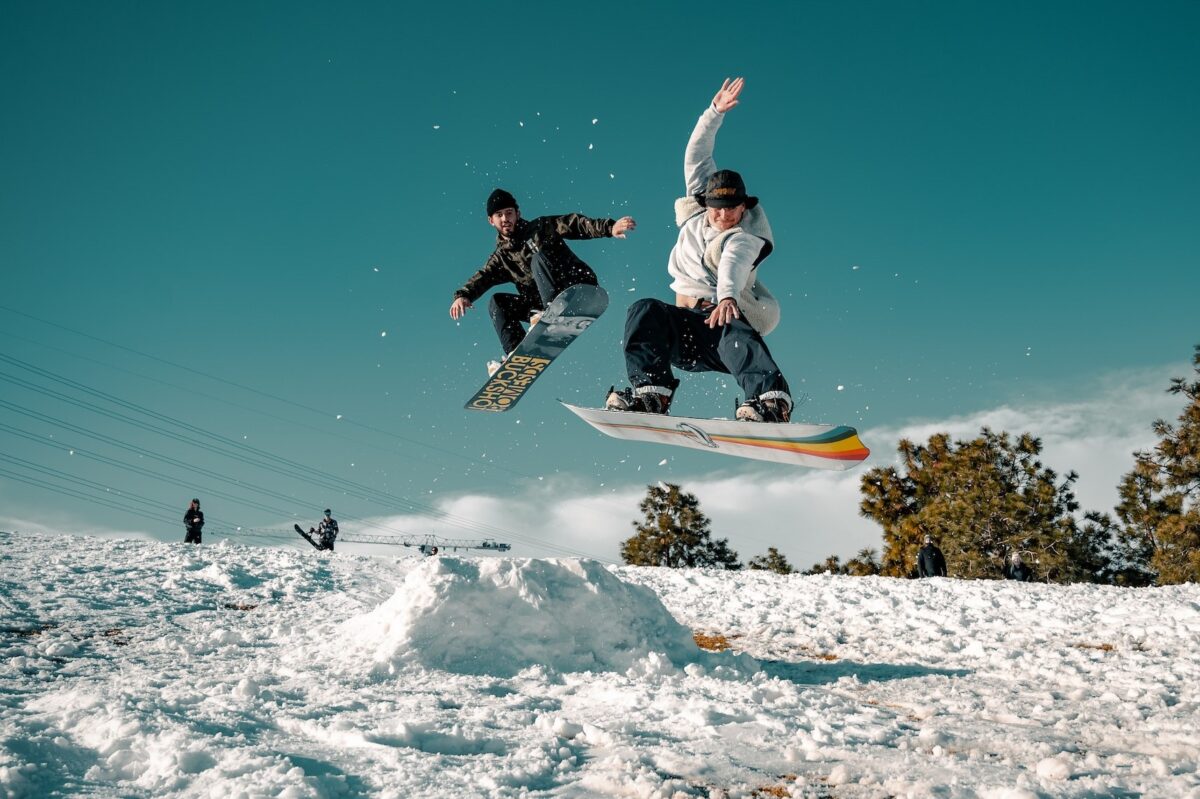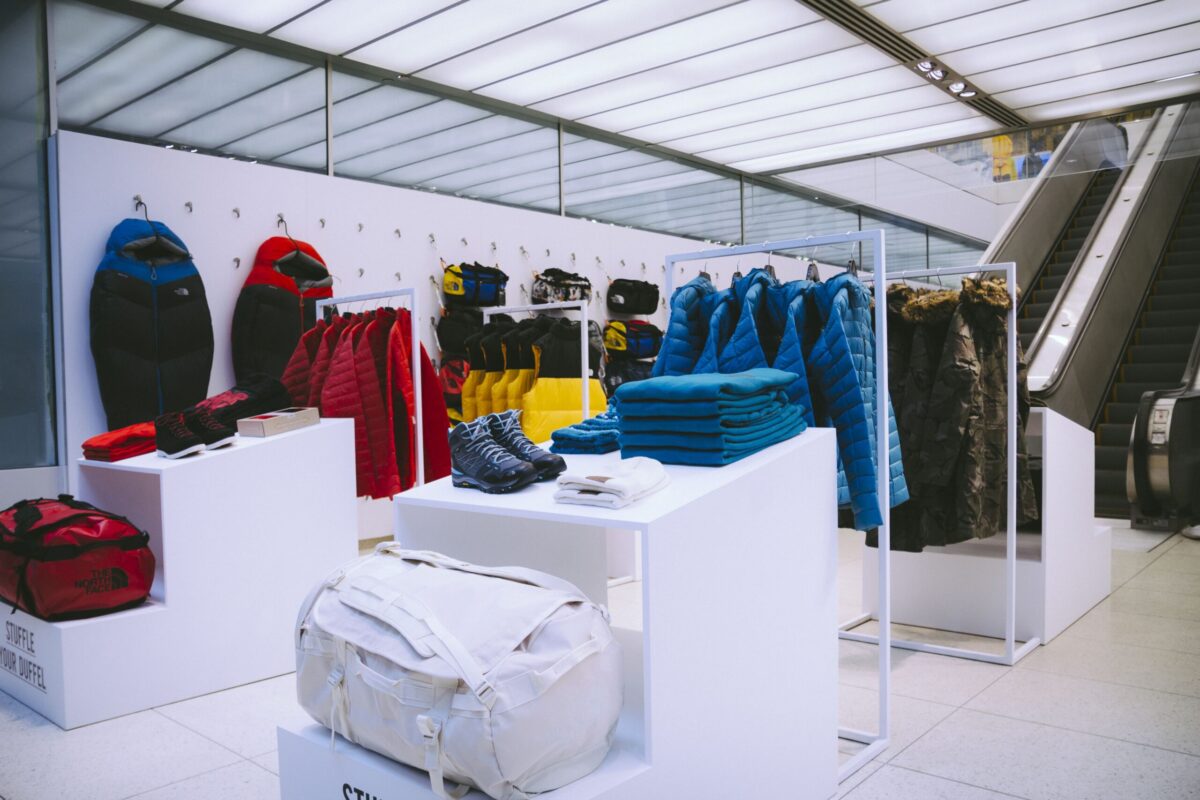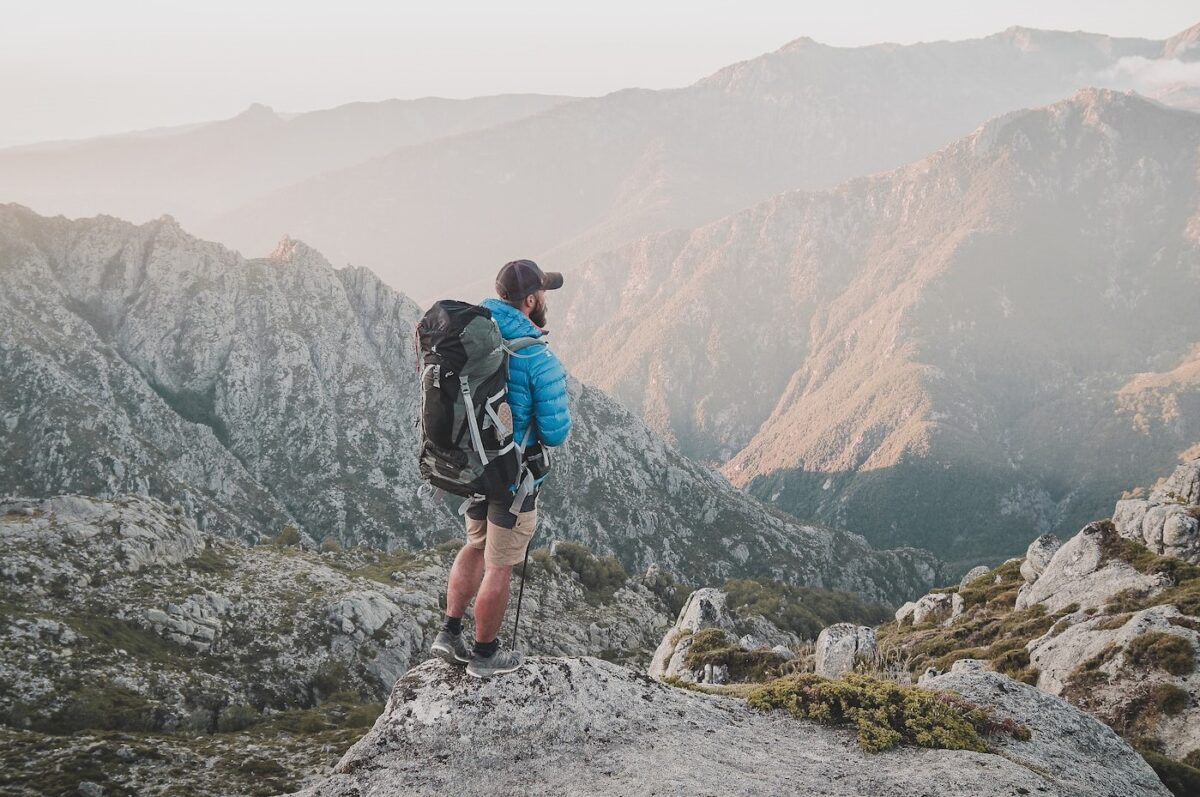The great outdoors
In this blog post we will take a look at five outdoor apparel trends that are defining the industry. Ever since the pandemic coerced people across the globe to spend time with themselves, there was a sudden spike in outdoor activities across the globe. More people were running, hiking, camping, swimming and cycling than before, and this resulted in an uptick in the sale of outdoor apparel. This growth is expected to continue well into the decade, as the industry expands from $33bn to $45bn globally [1].
While Europe and the US are currently the largest markets for outdoor apparel, this is rapidly changing. Established brands are now venturing into APAC markets following the 2022 Winter Olympics held in Beijing, China. Along with this rapid growth and expansion, the industry is presently at one of its most exciting tipping points.
Trend 1 – Outdoor apparel: the new black in fashion
Traditionally, outdoor apparel has been associated with lasting, durable and functional themes. Street wear, high fashion, and outdoor wear were distinct categories with neat lines segregating them. Hiking boots were confined to forest trails, middle layers to skiing tracks, and bucket hats to fishing days. This first outdoor apparel trend highlights how the boundaries are blurring.
Today, however, these lines are more blurred than ever – the bucket hat has made a comeback, gore-tex boots are now spotted in the tube, and gorpcore and technical wear has made its way to the streets. In other words, outdoor apparel is now functional and fashionable at the same time.
This trend is also reflected in the dynamics underpinning the larger apparel market. The North Face chose an urbane location for its Extreme collection, and also collaborated with Gucci on a high-end gorpcore collaboration. In the coming year, active-wear will see further interest from urban consumer groups, especially as it addresses the pragmatic aspects of city life: wind, rain, and snow. Outdoor apparel brands are now bringing these themes into their campaigns to expand their products to a wider audience.
Trend 2 – New opportunities abound in emerging markets
Traditionally, North America, Europe, and the UK have seen a strong demand owing to the popularity of outdoor activities and sports, and availability of dispensable income with the masses. However, the 2020s will see the emergence of new markets, especially in the Asia Pacific (APAC) and the Middle East.
Nascent markets like China and India are turning into lucrative opportunities for both established and new businesses. In China, the impetus from the 2022 Winter Olympics is still strong, as it served to attract the participation of nearly 300mn in ice and snow sports [2]. Established businesses have already launched new brands, whereas scale-ups are looking to enter these markets via ecommerce.
These new markets are seeing an expansion of the middle class. Disposable income, interest in fitness and outdoor activities, and adoption of outdoor apparel as fashion will continue to fuel demand in these markets, as they turn into key demand centers.

Trend 3 – Rising sustainability consciousness amongst buyers
The apparel industry carries a significant materials footprint, and is the fifth largest contributor to pollutants globally [3]. While sustainability consciousness is on the rise across all industries, this shift is of particular importance to a segment that actively sells to consumers who are in direct contact with nature.
To align with the consumers’ causes, outdoor apparel brands are now operationalizing their sustainability strategies. The use of waste materials to create functional, durable, and performant fabrics, recycling discarded or used clothing items, and minimizing water usage in the production process are some of the common themes.
In addition, some brands are advocating repair to extend the life of their items, whereas others are actively seeking compliance with standards for ethical and clean production. Finally, upcycling, use of bottle plastics for manufacturing new items, and flax and hemp-based materials is also gaining traction.
Trend 4 – Activation of direct-to-consumer strategies
Whereas outdoor apparel has traditionally leveraged exclusive physical stores and those of channel partners to reach their consumers, this approach became unviable with COVID. This led top brands to activate D2C strategies, whereas smaller and mid-sized brands followed suit, by leveraging ecom marketplaces and aggregator websites.
Over this period, D2C has proved a major success for the industry. However, winning brands have leveraged exquisite storytelling techniques, and tap into a variety of mechanisms to bring the customer closer to their product. Some brands have exploited this trend to build a competitive advantage for themselves, by limiting themselves exclusively to online retail – which enables them to eliminate the overheads associated with physical stores, and invest entirely into product improvement.
The success of D2C rests on the customer experience that is activated on those channels by the brands. Some have made use of ultra-high resolution pictures to give their buyers a ‘visual feel’ of their fabrics, whereas others have added videos to better showcase their products. In 2023, more and more brands will exploit D2C strategies to expand their markets and shrink operational overheads.

Trend 5 – Surge of new materials and product innovations
Our last outdoor apparel trend is about innovation. The use of new materials in the industry is driven by multiple themes. For example, some brands are testing biomaterials like microorganisms and algae, and micro-waste to grow textiles in the lab through more sustainable processes. Sustainability strategies are also ushering the use of vegan materials like flowers-based padding in puffer jackets, and upcycling of waste plastic bottles to create plastic parts.
However, the industry is also seeing other innovations. For example, heated products are now gaining traction, and becoming affordable at the same time. Heated gear leverages small batteries to heat wiring housed in waterproof membranes to keep the user warm even in snowy and wet conditions. The use of heating is not limited to jackets – brands are now rolling out heated socks, vests, gloves, and hoodies for use in extreme conditions.
Lastly, natural dyes are also attracting buyers for their sustainability value, especially their lower toxicity when compared to synthetic dyeing. Some manufacturers are reinventing their dyeing process to reduce water and energy consumption.
Want to know how The North Face redefined waterproof gear through the launch of Futurelight? Read our case study about the process.
What’s next for outdoor apparel?
Some of the trends underpinning the evolution of the outdoor apparel industry are here to stay. For instance, sustainability will become increasingly important moving ahead, and D2C selling will gain more traction with the development of new technologies to engage buyers digitally. Moreover, the outdoor apparel niche has left a lasting impact in the world of fashion, as it evangelized stylish, yet functional gear amongst urban audiences.
These trends can be exploited by players across the industry to drive rapid growth and expand their target groups. The use of appropriate digital strategies will be the key to activate D2C pathways, and innovative brand positioning tactics will be crucial to expand the ambit of existing and new products. In other words, strategy will play a decisive role in determining the future of every business in the industry.
Interested in more news coming out of the consumer goods industry? Read our blog post on 4 key retail trends for 2023.
We love helping ambitious organizations reach new levels of sustainable growth through vision and purpose, strategy and execution, digital tools and go-to-market optimization.










